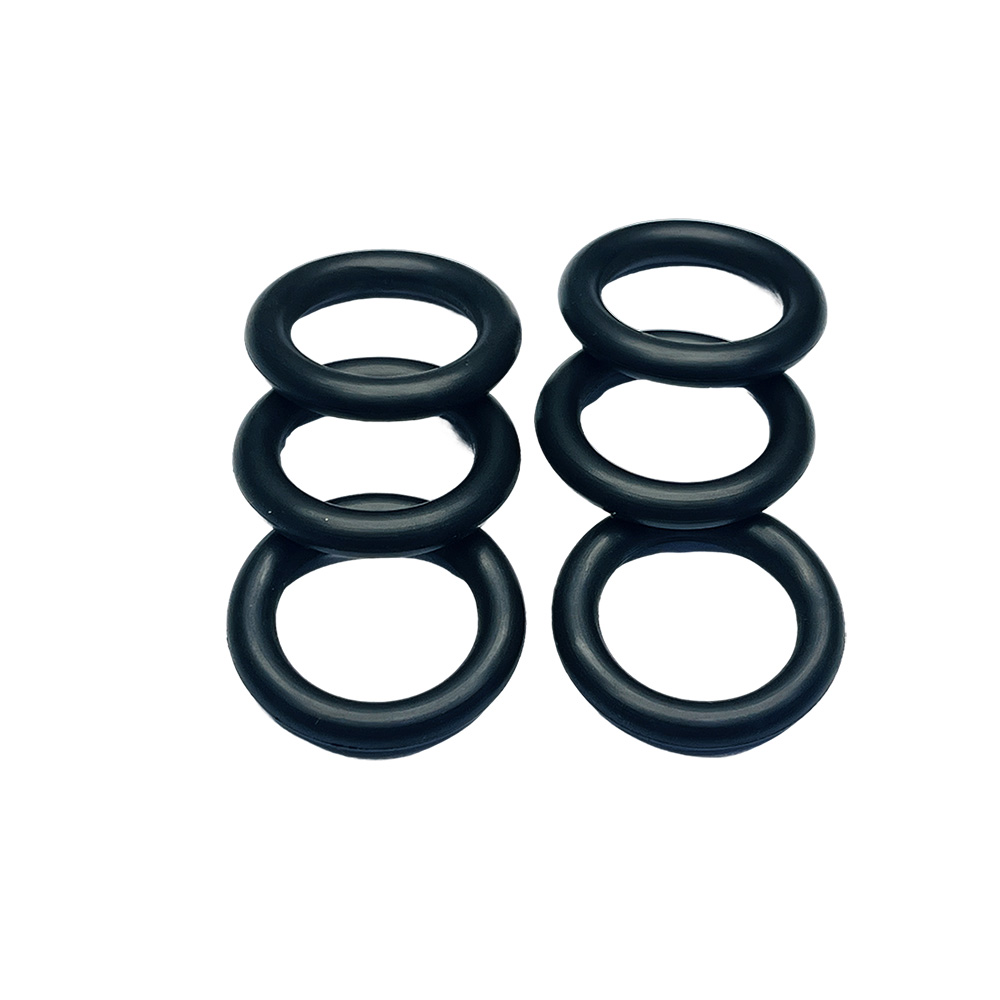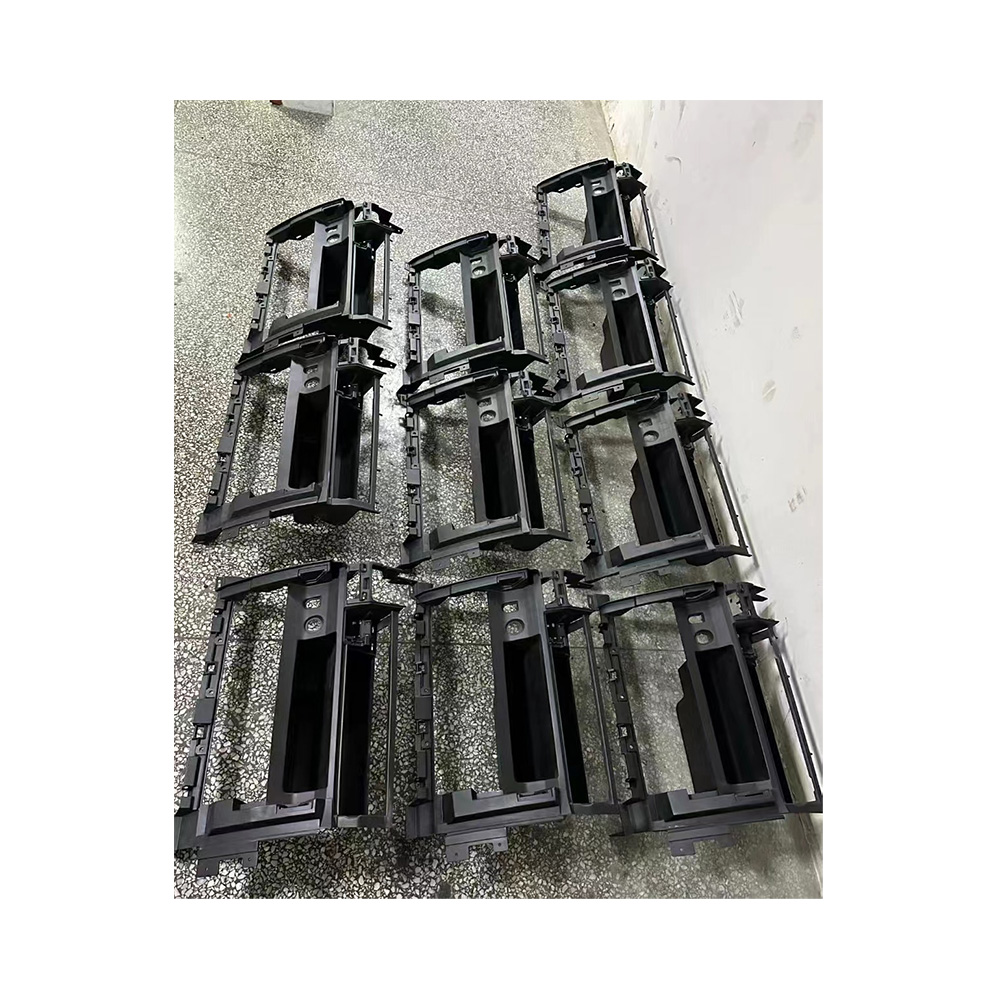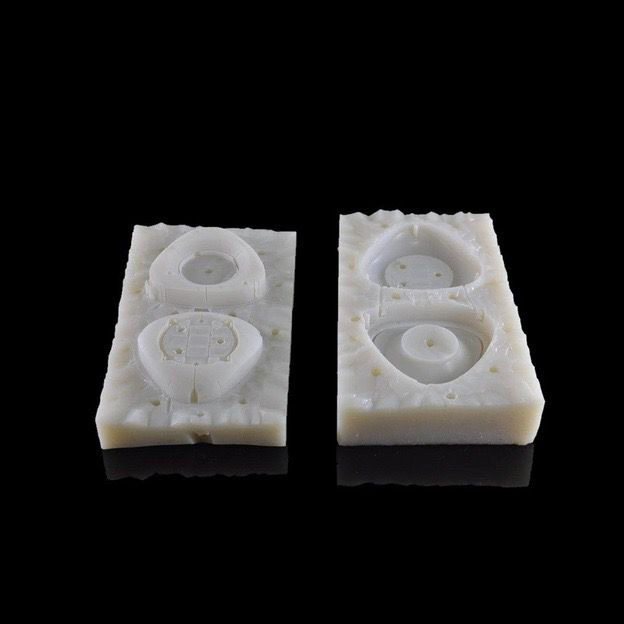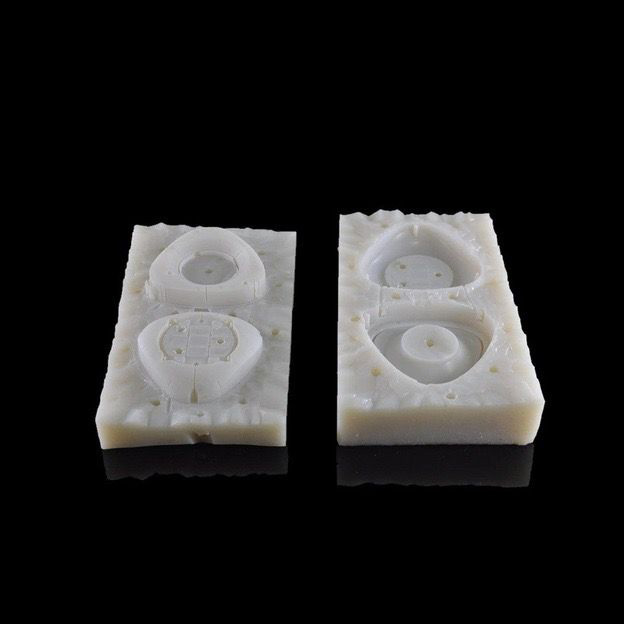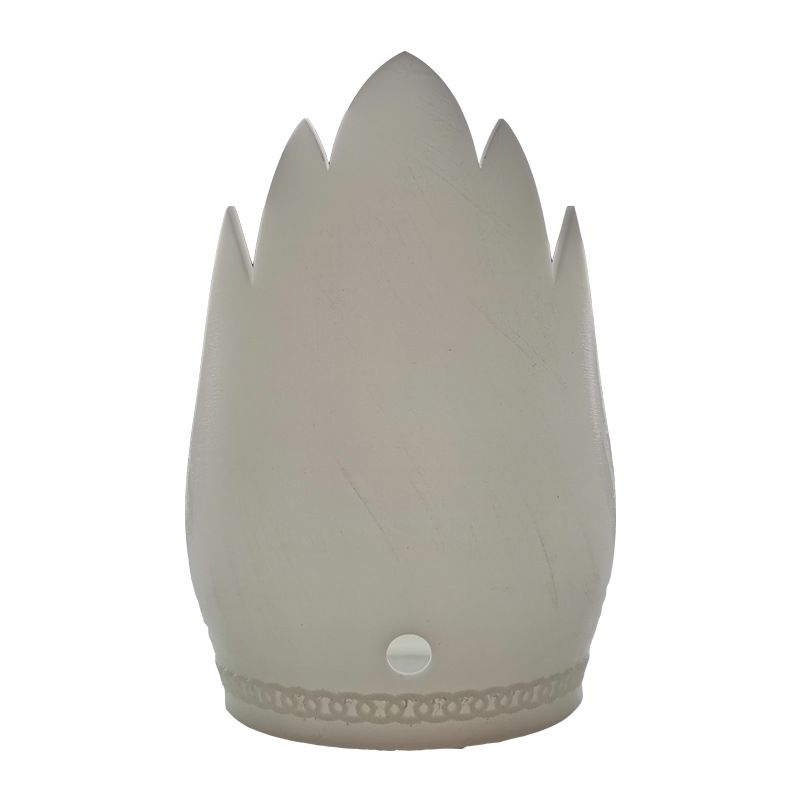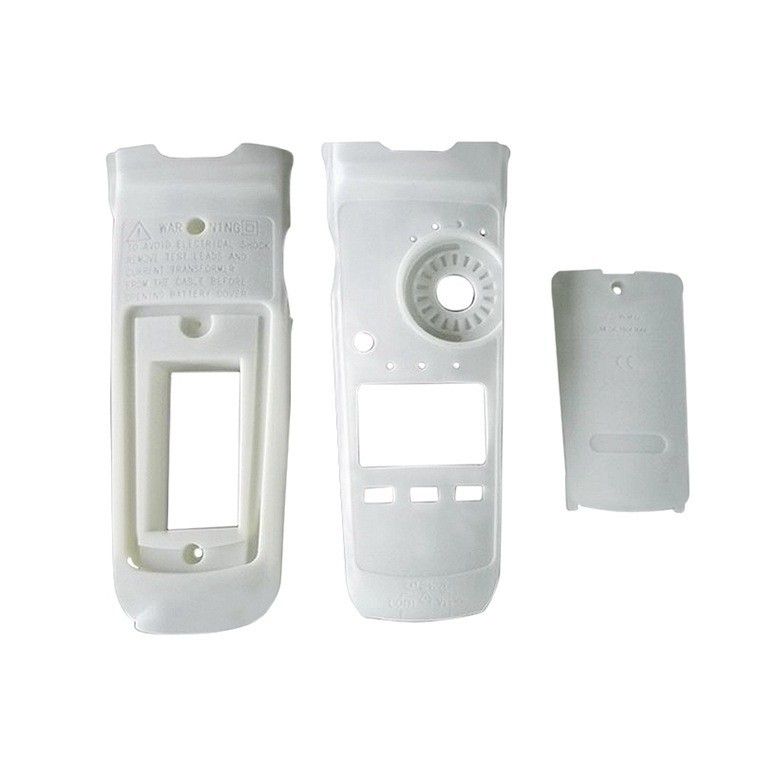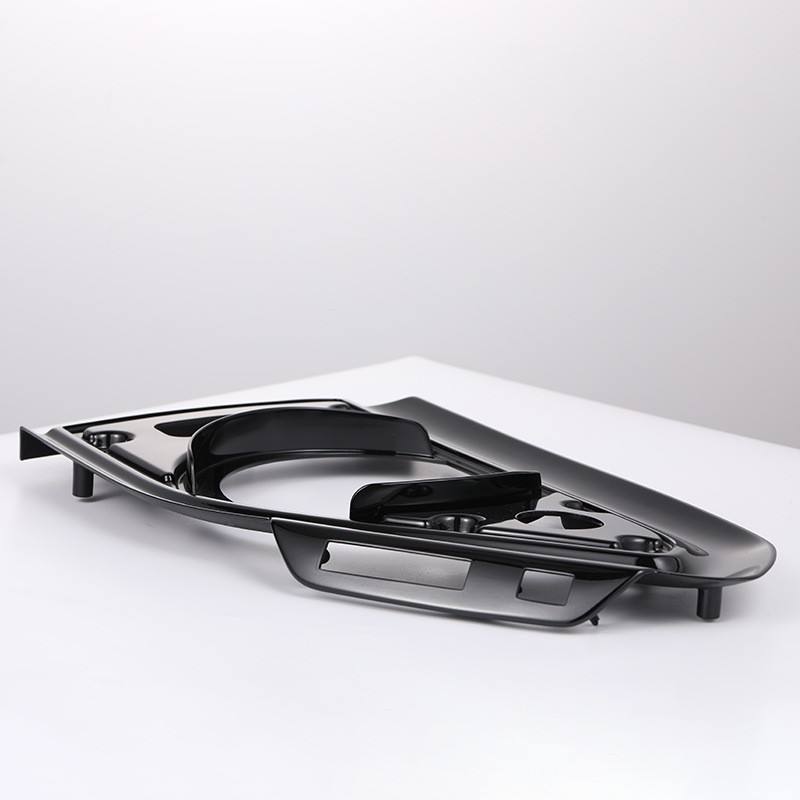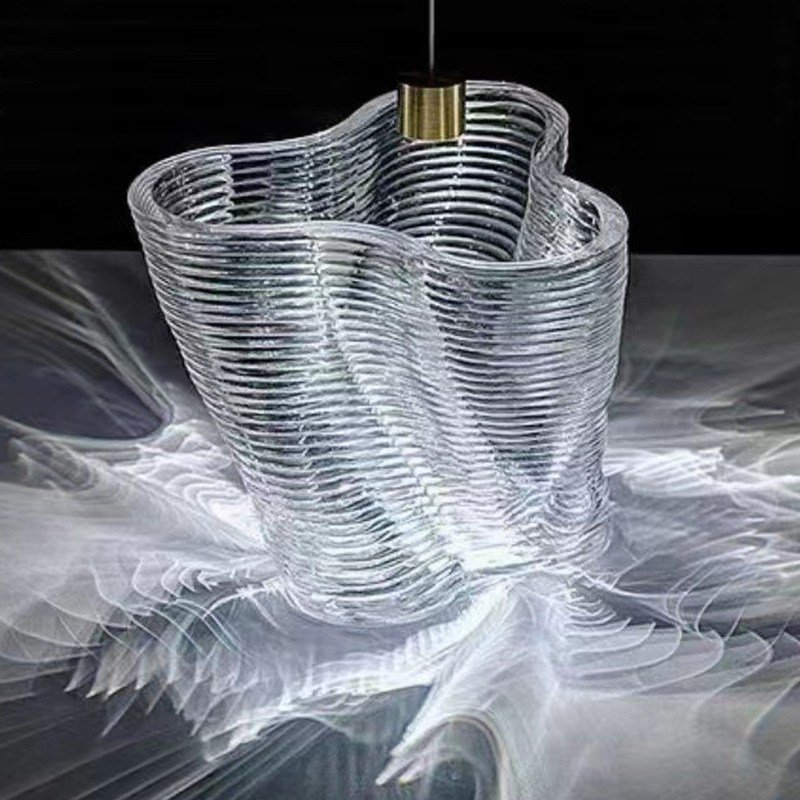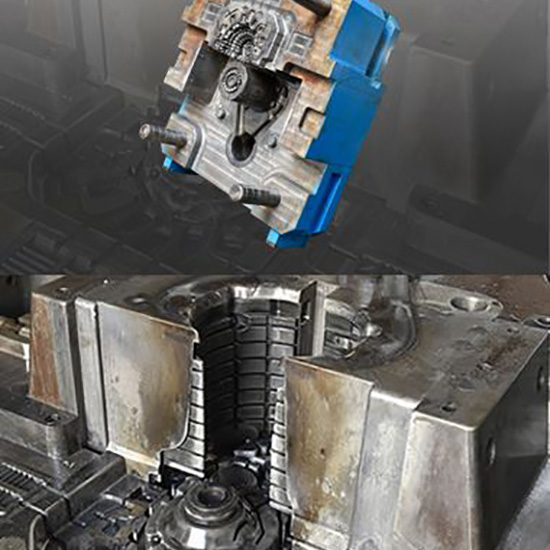0102030405
Custom Die Casting Mould Tooling products - die casting mould manufacturing
Product Detail
The process of die casting mold tooling typically involves several steps:
● Design: The first step is to design the mold tooling based on the desired shape and specifications of the part. This includes creating a 3D model of the part and designing the mold cavity, runners, vents, and cooling channels.
● Material selection: The next step is to select the appropriate material for the mold tooling. The material should have good thermal conductivity, wear resistance, and dimensional stability to withstand the high temperatures and pressures involved in the die casting process. Common materials used for mold tooling include tool steel, H13, and P20.
● Mold making: Once the design and material selection are finalized, the mold tooling is manufactured using various machining processes such as milling, drilling, grinding, and EDM (Electrical Discharge Machining). The mold is usually made in two halves, the cavity and the core, which are mounted on a die casting machine.
● Surface treatment: After the mold tooling is machined, it may undergo surface treatments such as polishing, texturing, or coating to improve the part's appearance and functionality.
●Assembly and testing: The mold tooling is assembled, and thorough testing is performed to ensure that it functions correctly and produces high-quality parts. This includes verifying the dimensions, examining the flow of molten metal, and optimizing the cooling system.
Production: Once the mold tooling is ready, it can be used in the die casting process to produce metal parts. The mold is mounted on a die casting machine, and molten metal is injected under high pressure into the mold cavity. After solidification, the mold is opened, and the casted part is ejected.
It is important to properly maintain and repair the mold tooling to ensure its longevity and optimal performance. Regular cleaning, lubrication, and inspection should be carried out to prevent defects, prolong the mold's lifespan, and maintain consistent part quality.
In conclusion, die casting mold tooling is a critical aspect of the die casting process. Proper design, material selection, manufacturing, and maintenance of mold tooling are essential for producing high-quality metal parts efficiently and cost-effectively.
Features
When making die-casting molds, you need to pay attention to the following points:
Material Selection: Select the appropriate material based on the shape and size of the part. Different shapes and sizes may require different materials. At the same time, batch size and production requirements should be considered. For large-volume and high-quality parts, materials with high strength and hardness should be selected. At the same time, cost and production efficiency must be considered, and materials that are both economical and affordable can ensure quality.
Mold design: The design of the mold should meet the requirements of the parts and meet the functional and appearance requirements of the product. When designing, attention should be paid to avoiding or reducing sharp corners and dead corners in the mold to facilitate material flow and molding. At the same time, the cooling and ventilation system of the mold should be considered to ensure the quality of molded parts.
Processing technology: When making molds, pay attention to choosing appropriate processing technology, including CNC machine tool processing, EDM, grinding, etc. During processing, attention should be paid to maintaining the accuracy and surface quality of the mold to avoid damaging the mold.
Heat treatment: For some molds, heat treatment is required to improve the hardness and wear resistance of the material. During the heat treatment process, the temperature and time must be controlled to ensure the heat treatment effect.
Assembly and debugging: Assemble the processed parts and debug them. When debugging, pay attention to check whether the disassembly and installation of the mold are correct, and whether the operation and molding effect of the mold meet the requirements.
Care and maintenance: The mold should be maintained and maintained regularly during use, including cleaning the mold, lubricating the mold, and checking the wear and damage of the mold. Repair and replace damaged parts in time to ensure the life and stability of the mold.
When making die-casting molds, you need to pay attention to the above points to ensure the quality and production efficiency of the mold. The selection and production process of molds are very important and play a vital role in modern industrial production.
Application

Parameters
| Material | Material characteristics |
| Alloy steel | These steels have the characteristics of high hardness, high wear resistance, high strength, and high toughness, which can meet the requirements of high-precision and high-quality die-casting mold manufacturing. |
| copper alloy | Copper alloy is a high-quality die-casting mold material with good thermal conductivity and conductivity, suitable for manufacturing large and complex shaped die-casting molds. |
| Aluminum alloy | Aluminum alloy has lightweight, high strength, and good corrosion resistance, making it suitable for manufacturing small and medium-sized die-casting molds. |
| magnesium alloy | Magnesium alloy is a lightweight, high-strength, and corrosion-resistant material suitable for manufacturing high-performance die-casting molds. |
Why Choose Us
1. One-Stop service to save time.
2. Factories in share to save cost.
3. Keyence, ISO9001 and to ensure quality.
4. Professor Team and Strong Technique to ensure delivery.


